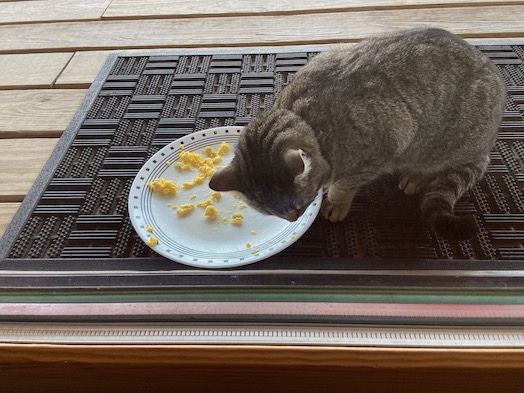Startup Learnings What Piloting Palm Taught Me or Examples of Equity Splits

In the age of the iPhone, it is really, really hard to imagine just how significant Palm used to be. Here are some examples:
- Palm used to sell over a billion dollars worth of organizers annually
- There were multiple compatible versions of the Palm from different companies
- Both Palm and Handspring, a compatible, went public with multi billion dollar valuations
- As late as 2010, HP acquired Palm for 1.2 billion WikiPedia
I recently read the book Piloting Palm: The Inside Story of Palm, Handspring and the Birth of the Billion-Dollar Handheld Industry:
https://www.amazon.com/Piloting-Palm-Handspring-Billion-Dollar-Handheld/dp/0471089656
At its heart this book is the story of Jeff Hawkins, the inventor of Palm and Donna Dubinsky, the first CEO of Palm. As Palm grew more successful and Hawkins and Dubinsky's ambitions grew, they ultimately left and founded the Palm compatible company, Handspring. If you've ever read a startup case study then I doubt this book will surprise you
The single best part of this book was that it gave metrics for the equity splits that are common for early stage management positions in startups. This is something that is always hard to judge so having comparables is really useful:
- The CEO of a spun out company from a larger entity would likely own no more than 1 percent of the company.
- The CEO of an independent startup would generally have 5 percent or more.
- When the former CEO of Palm, Donna Dubinsky, set up a new company, HandSpring, with Jeff Hawkins, the equity split should be 2:1. The reason was that Dubinsky felt that Hawkins skills to the new company were more essential than her own i.e. Jeff Hawkins couldn't be replaced but she could be.
- When Ed Colligan let Palm to join Handspring as VP of Marketing, he received the percentage of company ownership that a startup's CEO would get rather than the far smaller amount that a VP normally owns. Given that we know from #2 that a CEO would get 5% then we can guess that a VP of Marketing might get 1% (far smaller). This is backed up by this result from the Hubspot blog.